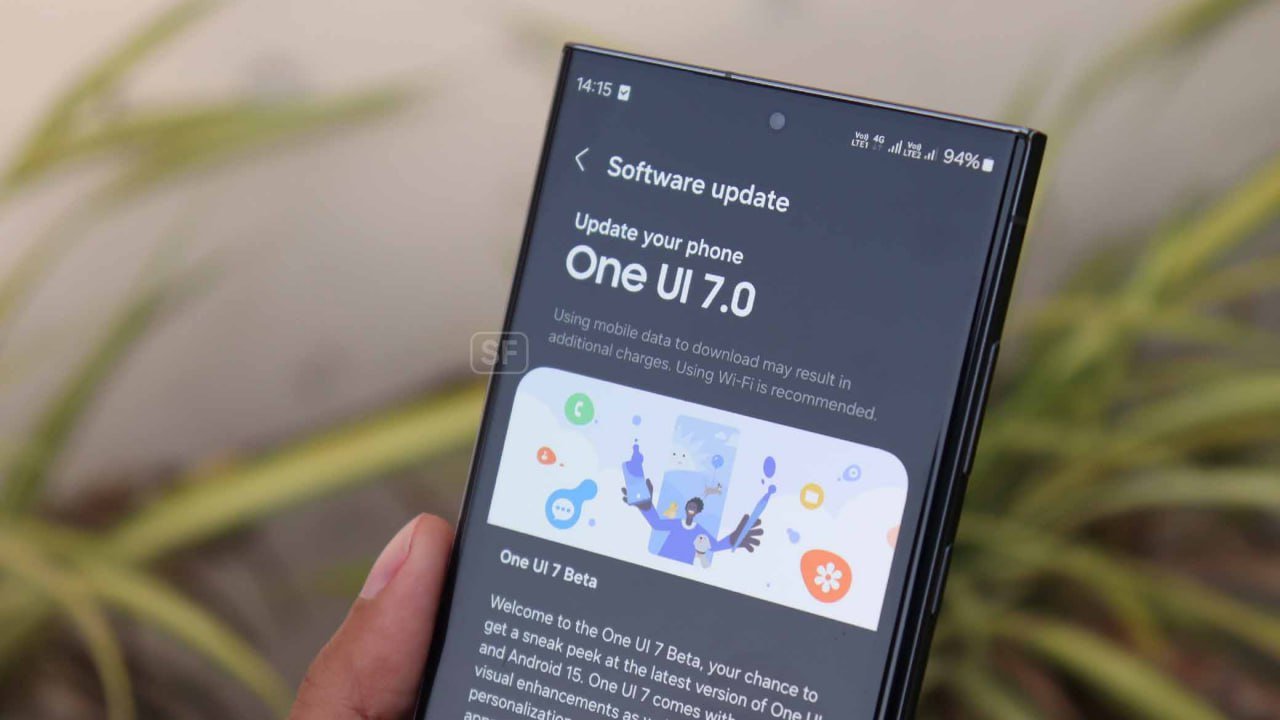For over a decade, Samsung has been the undisputed leader in the Android ecosystem. With its Galaxy S and Note series, the South Korean tech giant not only dominated smartphone sales but also shaped the direction of Android innovation. However, recent shifts in the Android landscape, combined with growing user dissatisfaction, suggest that Samsung may no longer be the definitive “face of Android” — and a major factor behind this perception is One UI 7.
The Rise of One UI: A Brief History
Samsung introduced One UI in late 2018 as a successor to its heavily criticized Samsung Experience and TouchWiz skins. Designed to simplify user interaction and reduce visual clutter, One UI received praise for its user-friendliness, cohesive design language, and feature-rich environment. It brought Samsung devices closer to a more stock Android experience while retaining unique functionalities tailored for Galaxy phones.
Over the years, One UI evolved through several iterations, each adding new features, aesthetic refinements, and deeper integration with Samsung’s ecosystem. One UI 6, released alongside Android 14, was hailed for its smoother animations, improved lock screen customization, and better multitasking capabilities.
One UI 7: The Breaking Point?
When One UI 7 launched, expectations were high. It was supposed to build upon the strengths of its predecessors while delivering a modern, AI-powered, responsive interface. Instead, it introduced a range of issues that alienated longtime users and tarnished Samsung’s reputation for reliability.
1. Overwhelming Bloatware and Redundancy
Despite years of criticism, One UI 7 continued Samsung’s tradition of pre-installing numerous apps, many of which duplicate Google’s own offerings. Users were once again met with dual apps for messaging, calendars, browsers, and more. The inability to remove or even disable some of these apps created a frustrating user experience and fueled the perception that Samsung prioritizes its ecosystem over user choice.
2. Sluggish Performance and Bugs
One UI 7 was criticized for being resource-heavy. Reports of lag, stutter, and frame drops became common, even on flagship devices like the Galaxy S24 Ultra. Battery life also took a hit, with many users noting a significant drop in screen-on time. For a skin that once prided itself on optimization, these performance issues were a letdown.
3. Aesthetic Fatigue and Lack of Innovation
While One UI initially stood out for its clean layout and consistent visual language, One UI 7 failed to move the needle. Critics argue that the interface now feels dated, especially when compared to the sleek, Material You design of Google’s Pixel UI or the fluid elegance of OnePlus’ OxygenOS.
4. AI Features That Fell Flat
Samsung heavily promoted AI integration in One UI 7, with features like AI-assisted photo editing, transcription, and smart summaries. However, many of these tools felt half-baked or gimmicky. Worse, they were often restricted to premium models, leaving mid-range and budget users with an inferior experience.
The Rise of Competitors
While Samsung stumbled with One UI 7, its rivals seized the opportunity to innovate and capture the spotlight.
Google Pixel: The New Benchmark?
Google’s Pixel lineup has gained momentum, thanks in part to its clean UI, timely updates, and seamless integration with Google’s AI features. Material You introduced a highly personalized experience, adapting the system color palette to the user’s wallpaper, something One UI only partially mimics.
Moreover, Google’s Tensor chips and AI-driven photography are winning over users who once defaulted to Samsung.
OnePlus and OxygenOS
OnePlus made a comeback with recent versions of OxygenOS, bringing back its speed, minimalism, and community-focused development. While not perfect, OxygenOS offers a lightweight alternative to Samsung’s feature-heavy UI.
Xiaomi and HyperOS
Xiaomi replaced MIUI with HyperOS, a cleaner and faster interface that’s receiving positive feedback for its responsiveness and cross-device ecosystem. With better global software support, Xiaomi is now positioning itself as a serious contender.
Software Updates: A Fading Advantage
Samsung used to boast about its long-term software support, offering up to four years of Android updates and five years of security patches. However, competitors like Google and even smaller brands are catching up. The Pixel 8, for instance, promises seven years of updates — significantly outpacing Samsung’s commitment.
Moreover, Samsung’s update rollout is often staggered and region-dependent, leading to frustration among global users who feel left behind.
Customization vs. Clutter
Samsung markets One UI as a customizable platform, but many users now see it as cluttered rather than flexible. Themes, widgets, and Good Lock modules offer personalization, but they often feel like patchwork solutions rather than integrated design elements. By contrast, Pixel UI and other competitors achieve simplicity without sacrificing uniqueness.
Ecosystem Lock-In
Samsung’s ecosystem — SmartThings, Galaxy Watch, Galaxy Buds, and DeX — is robust, but it’s also seen as increasingly closed. One UI 7 doubles down on Samsung-specific services and clouds, making it harder for users to mix and match devices from other brands. In a world leaning towards open standards and cross-platform compatibility, this walled-garden approach is turning some users away.
Conclusion: Time to Pass the Torch?
One UI 7 may not be the sole reason Samsung is losing its status as the “face of Android,” but it certainly plays a central role. The combination of performance issues, lackluster AI features, visual stagnation, and user frustration paints a picture of a company out of touch with the evolving Android landscape.
While Samsung remains a hardware powerhouse, its software is no longer the gold standard. As competitors continue to innovate and refine their Android skins, Samsung must rethink its approach to stay relevant — or risk being remembered as the brand that fell from the top not because of poor phones, but because of poor software.
